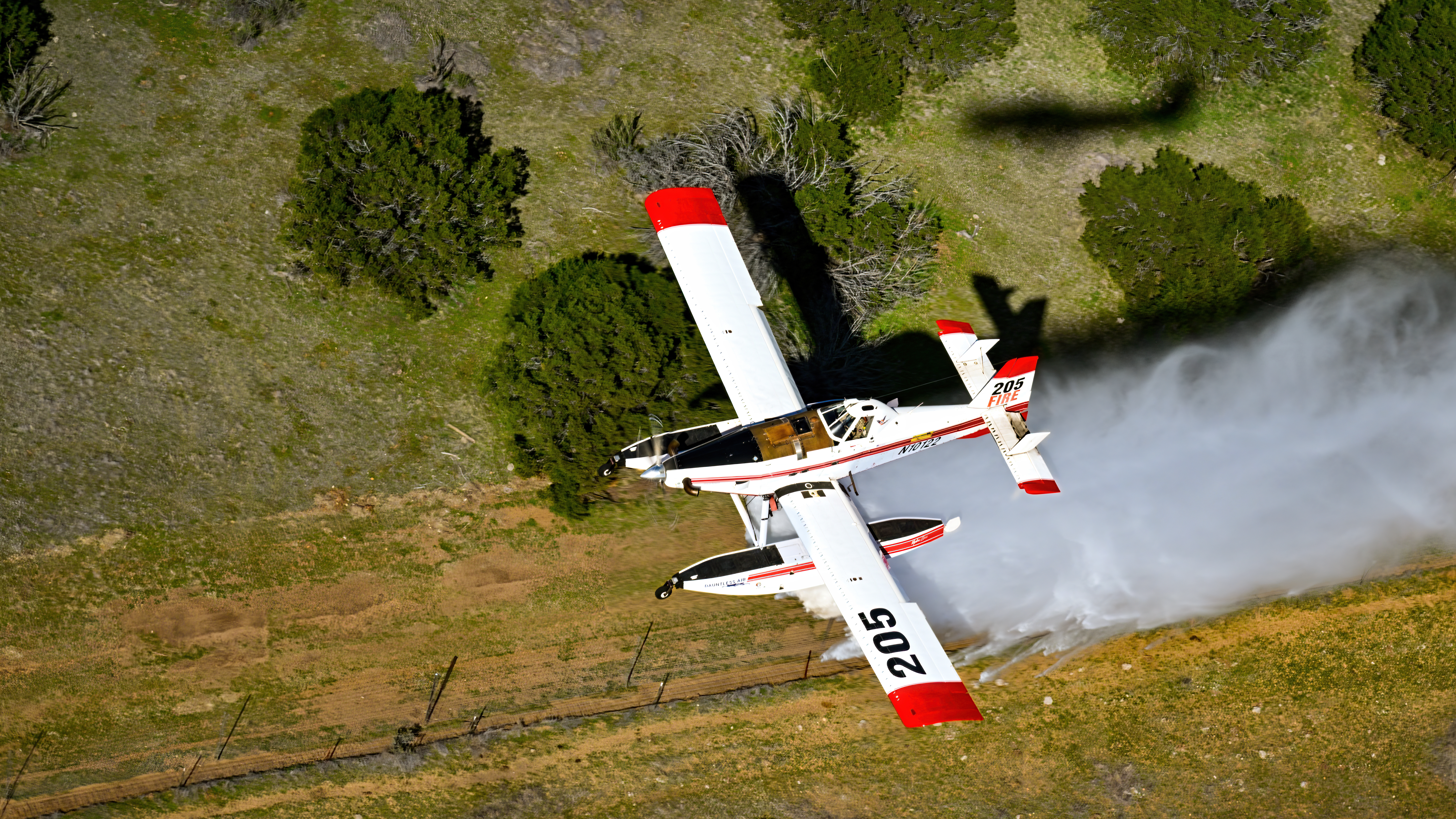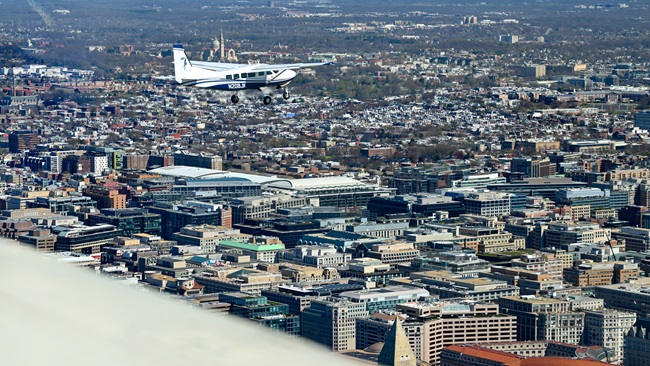Perspective: The year that fly-ins forgot
Challenges when your job is putting on events and a pandemic strikes
By Chris Eads
When the year began, no one could have anticipated how terribly disorienting 2020 would be to just about every industry and every home in America. That is as true for aviation events as for any other business sector in the nation.

When we first heard rumors about a virus that would sweep the globe, the AOPA Outreach and Events team had just completed its annual kickoff meetings with airport and community leaders at all three of our 2020 regional fly-in destinations. Hundreds of local stakeholders who would help us build these complex events gathered for strategy sessions to discuss everything from airfield operations to food service and to where we should place the portable restrooms. Those annual meetings are some of our favorite gatherings as the enthusiasm of local leaders to host our events is simply contagious.
We had bold plans to try some new ideas, adding a car show, airshow, and concert series in cooperation with the Go Wheels Up! Texas group in San Marcos. We were queued up for a taste of the Wild West in lovely Casper, Wyoming. The beautiful fall season near the Finger Lakes around Rochester, New York, promised a fun event in a classic northeastern city. It was going to be a great year.
And then the pandemic happened. The guidance in early March suggested a few weeks of altered living would effectively slow the spread, and all hoped that this would be behind us as the summer flying weather arrived. If you remember, everyone at the time was saying things would be back to normal shortly—from the politicians, to the medical experts, to the media pundits. (I seem to recall a pithy phrase “15 days to slow the spread.”) Obviously, we were all naively optimistic.
It was grueling to be a part of the earliest decisions for events such as Sun ’n Fun, wondering if it could be held a few weeks later as organizers had originally hoped. We knew that our San Marcos fly-in was likely to be canceled too, but held out hope that the late-May event would be past the worst of it. But as time dragged on, and the graphs on the news showed this thing was not going away anytime soon, one by one our events began to fall.
The decision making the AOPA events team faced during those early days reminds me a bit of the phrase “the fog of war,” where mass confusion and insufficient data makes decisions on the battlefield difficult. History looks back on those decisions with perfect clarity, but in the moment, no one can see forward easily.
We took our fair share of criticism for being on the earlier edge of event cancellations, often pulling the plug while other neighboring events were still declaring optimism and while states still had short-term limits to their stay-at-home orders. But the details behind the scenes were compelling. We recognized the potential for our large-scale gatherings to be what experts are now calling “super-spreader events.” As more data became available regarding the social distancing, mask-wearing, physical protections, and crowd-size limitations that would be necessary to prevent spreading the virus, it became impossible for us to visualize effectively and safely producing our fly-ins, which typically draw in thousands of people from hundreds of miles, and to do so with the style, excellence, and culture you have come to so highly value.
Secondarily to the safety concerns, there were the basic economics of producing large-scale events. An AOPA Fly-In takes about eight months of heavy planning to pull off. Extensive infrastructure, equipment, and accommodations all require contracts with service providers. Airfield operations planning and coordination with air traffic control is complex. Scores of volunteers need to be recruited. Generous financial sponsors have to be secured. Marketing efforts must be mobilized.
In some cases, critical personnel required to execute the events became problematic. In one example, local air traffic control was suffering a staffing deficiency that affected our event. FAA restrictions on in-person training to prevent virus spread among controllers rendered the facility unable to staff up to meet our safety requirements.
In the end, while the choice to stand down each event was painful and wildly frustrating, I believe we did the right thing. As our favorite gatherings one by one acquiesced to the disappointing reality that 2020 is simply lost to most big aviation events, I am proud that our industry is doing its part to help our neighbors stay safe and slow the spread of a virus we still don’t know very much about.
So, what’s next? AOPA is looking carefully at a wide range of options on how we proceed into 2021. It is abundantly clear that we all desire to get back to meeting up at so many grand fly-ins—both large and small—produced by our many different friends in aviation. We hope ours will be among those returning to the skies. We are going to plan with as much flexibility as we can, so that we’ll be in position to adapt quickly to whatever national conditions exist. With a bit of creativity, and a ton of flexibility, I believe we can make 2021 into the great year that fly-ins forgot in 2020.
Chris Eads is AOPA’s senior director of Outreach and Events, a position he has held since the AOPA Fly-In program began.


